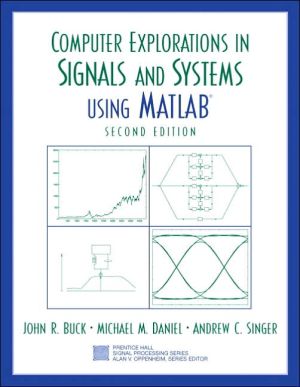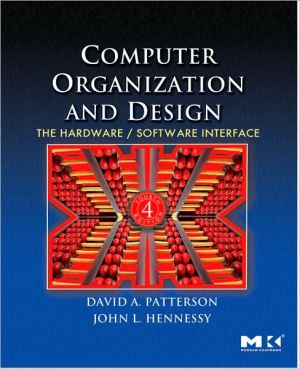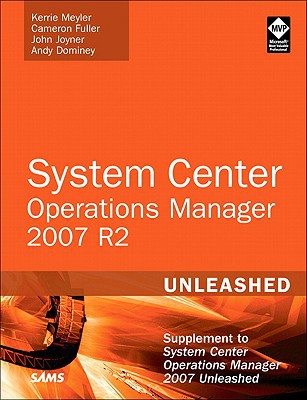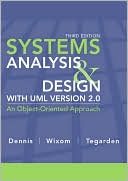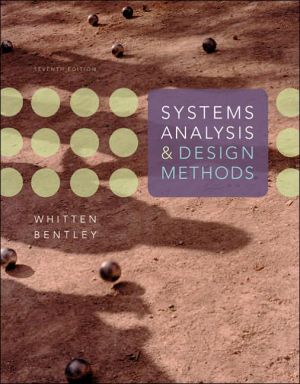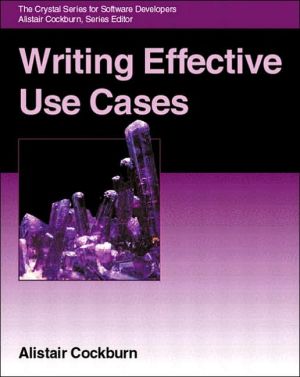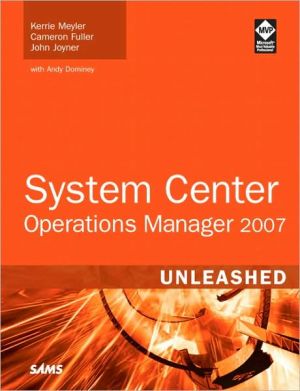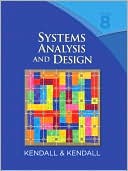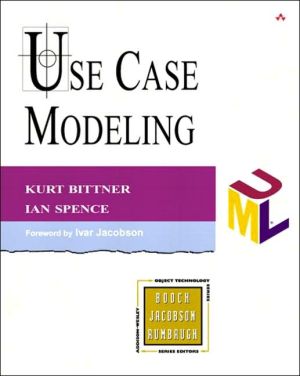Computer Explorations in Signals and Systems Using MATLAB
A comprehensive set of computer exercises of varying levels of difficulty covering the fundamentals of signals and systems. The exercises require the reader to compare answers they compute in MATLAB ® with results and predictions made based on their understanding of material. Chapter covered include Signals and Systems; Linear Time-Invariant Systems; Fourier Series Representation of Periodic Signals; The Continuous-Time Fourier Transform; The Discrete-Time Fourier Transform; Time and...
Search in google:
A comprehensive set of computer exercises of varying levels of difficulty covering the fundamentals of signals and systems. The exercises require the reader to compare answers they compute in MATLAB ® with results and predictions made based on their understanding of material.Chapter covered include Signals and Systems; Linear Time-Invariant Systems; Fourier Series Representation of Periodic Signals; The Continuous-Time Fourier Transform; The Discrete-Time Fourier Transform; Time and Frequency Analysis of Signals and Systems; Sampling; Communications Systems; The Laplace Transform; The z-Transform; Feedback Systems.For readers interested in signals and linear systems.
This book provides computer exercises for an undergraduate course on signals and linear systems. Such a course or sequence of courses forms an important part of most engineering curricula. This book was primarily designed as a companion to the second edition of Signals and Systems by Oppenheim and Willsky with Nawab. While the sequence of chapter topics and the notation of this book match that of Signals and Systems, this book of exercises is self-contained and the coverage of fundamental theory and applications is sufficiently broad to make it an ideal companion to any introductory signals and systems text or course.\ We believe that assignments of computer exercises in parallel with traditional written problems can help readers to develop a stronger intuition and a deeper understanding of signals and linear systems. To this end, the exercises require the readers to compare the answers they compute in MATLAB® with results and predictions made based on their analytic understanding of the material. The second edition has been updated to MATLAB 6, Release 12. We believe this approach actively challenges and involves the reader, providing more benefit than a passive computer demonstration. Wherever possible, the exercises have been divided into Basic, Intermediate, and Advanced Problems. In working the problems, the reader progresses from fundamental theory to real applications such as speech processing, financial market analysis and designing mechanical or communication systems. Basic Problems provide detailed instructions for readers, guiding them through the issues explored, but still requiring a justification of their results. Intermediate Problems examine more sophisticated concepts, and demand more initiative from the readers in their use of MATLAB. Finally, Advanced Problems challenge the readers' understanding of the more subtle or complicated issues, often requiring open-ended work, writing functions, or processing real data. Some of the Advanced Problems in this category are appropriate for advanced undergraduate coursework on signals and systems.\ Care has been taken to ensure that all the exercises in this book can be completed within MATLAB 6. To assist readers, a list of MATLAB functions used in the text can be found in the index, which notes the exercise or page number in which they are explained. Throughout this book, MATLAB functions, commands, and variables will be indicated by\ typewriter font. The S symbol following the title of an exercise indicates that the exercise requires the Symbolic Math Toolbox.\ A number of exercises refer to functions or data files the reader will need. These are in the Computer Explorations Toolbox, which is available from the MathWorks, Inc. via the World Wide Web.
Preface1Signals and Systems11.1Tutorial: Basic MATLAB Functions for Representing Signals21.2Discrete-Time Sinusoidal Signals71.3Transformations of the Time Index for Discrete-Time Signals81.4Properties of Discrete-Time Systems101.5Implementing a First-Order Difference Equation111.6Continuous-Time Complex Exponential Signals121.7Transformations of the Time Index for Continuous-Time Signals141.8Energy and Power for Continuous-Time Signals162Linear Time-Invariant Systems192.1Tutorial: conv202.2Tutorial: filter222.3Tutorial: lsim with Differential Equations262.4Properties of Discrete-Time LTI Systems292.5Linearity and Time-Invariance332.6Noncausal Finite Impulse Response Filters342.7Discrete-Time Convolution362.8Numerical Approximations of Continuous-Time Convolution382.9The Pulse Response of Continuous-Time LTI Systems412.10Echo Cancellation via Inverse Filtering443Fourier Series Representation of Periodic Signals473.1Tutorial: Computing the Discrete-Time Fourier Series with fft473.2Tutorial: freqz513.3Tutorial: lsim with System Functions523.4Eigenfunctions of Discrete-Time LTI Systems533.5Synthesizing Signals with the Discrete-Time Fourier Series553.6Properties of the Continuous-Time Fourier Series573.7Energy Relations in the Continuous-Time Fourier Series583.8First-Order Recursive Discrete-Time Filters593.9Frequency Response of a Continuous-Time System603.10Computing the Discrete-Time Fourier Series623.11Synthesizing Continuous-Time Signals with the Fourier Series643.12The Fourier Representation of Square and Triangle Waves663.13Continuous-Time Filtering694The Continuous-Time Fourier Transform714.1Tutorial: freqs714.2Numerical Approximation to the Continuous-Time Fourier Transform744.3Properties of the Continuous-Time Fourier Transform764.4Time- and Frequency-Domain Characterizations of Systems794.5Impulse Responses of Differential Equations by Partial Fraction Expansion814.6Amplitude Modulation and the Continuous-Time Fourier Transform834.7Symbolic Computation of the Continuous-Time Fourier Transform855The Discrete-Time Fourier Transform895.1Computing Samples of the DTFT905.2Telephone Touch-Tone935.3Discrete-Time All-Pass Systems965.4Frequency Sampling: DTFT-Based Filter Design975.5System Identification995.6Partial Fraction Expansion for Discrete-Time Systems1016Time and Frequency Analysis of Signals and Systems1056.1A Second-Order Shock Absorber1066.2Image Processing with One-Dimensional Filters1106.3Filter Design by Transformation1146.4Phase Effects for Lowpass Filters1176.5Frequency Division Multiple-Access1186.6Linear-Prediction on the Stock Market1217Sampling1257.1Aliasing due to Undersampling1267.2Signal Reconstruction from Samples1287.3Upsampling and Downsampling1317.4Bandpass Sampling1347.5Half-Sample Delay1367.6Discrete-Time Differentiation1388Communications Systems1438.1The Hilbert Transform and Single-Sideband AM1448.2Vector Analysis of Amplitude Modulation with Carrier1478.3Amplitude Demodulation and Receiver Synchronization1498.4Intersymbol Interference in PAM Systems1528.5Frequency Modulation1569The Laplace Transform1599.1Tutorial: Making Continuous-Time Pole-Zero Diagrams1599.2Pole Locations for Second-Order Systems1629.3Butterworth Filters1649.4Surface Plots of Laplace Transforms1659.5Implementing Noncausal Continuous-Time Filters16810The z-Transform17310.1Tutorial: Making Discrete-Time Pole-Zero Diagrams17410.2Geometric Interpretation of the Discrete-Time Frequency Response17610.3Quantization Effects in Discrete-Time Filter Structures17910.4Designing Discrete-Time Filters with Euler Approximations18310.5Discrete-Time Butterworth Filter Design Using the Bilinear Transformation18611Feedback Systems19111.1Feedback Stabilization: Stick Balancing19111.2Stabilization of Unstable Systems19411.3Using Feedback to Increase the Bandwidth of an Amplifier197Bibliography201Index203
